Freelance Platypus. Gamer. Anime/Manga obsessed. Self-taught “artist”. Fantasy & Sci-Fi is my jam.
Don't wanna be here? Send us removal request.
Text
Guide to Story Researching
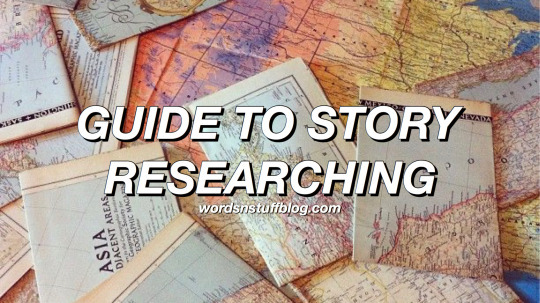
PLEASE REBLOG | Tumblr suppresses posts with links :/
Patreon || Ko-Fi || Masterlist || Work In Progress
–
Start With Broad Subjects
When you begin a story that is heavy with technical detail that must be checked for accuracy, the most efficient way of going about it is approaching the first draft with a general sense of the topic. Then, as you write more and more, keep note of details you don’t have or facts you need to find. When you reach the second and third drafts, turn that general idea into specific detail. You’ll know what you need to know at that point, and you won’t waste valuable time doing unnecessary research instead of revising.
Keep Track of Your Resources
Hoard. Your. Sources. Not only so you can cite them to any editors or beta-readers whose knowledge may conflict with what you’ve researched, but so you can refer back to them if you decide to elaborate on the part of the story that required that information in the first place. Always keep a list of links in a document with the specific information you’ve gleaned from it, listed in a way where you can easily navigate and revisit sources and information.
Keep reading
2K notes
·
View notes
Text
Are you a “can’t write dialogue” writer or a “can’t describe anything” writer
223K notes
·
View notes
Text
Bill Nye for most of his career: Imma do science for kids. Science without politics. Nice, tame science for the kiddos.
Bill Nye now:



510K notes
·
View notes
Text
Writer’s brain at 2am when you’re just trying to get to sleep:

Writer’s brain the following morning, actually sitting at the workstation ready to write:

898 notes
·
View notes
Photo
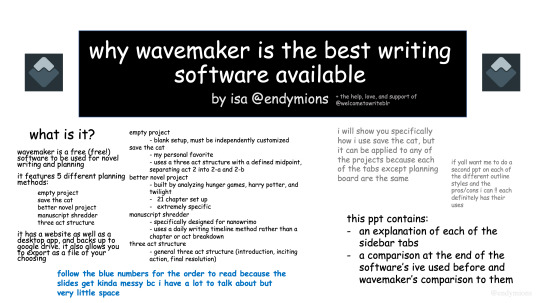
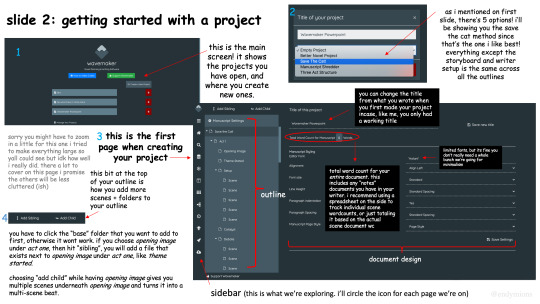
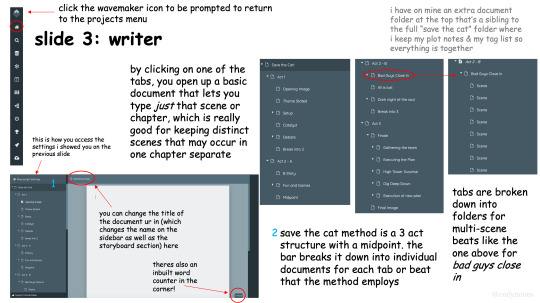
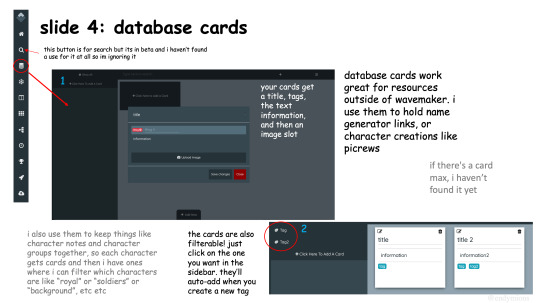


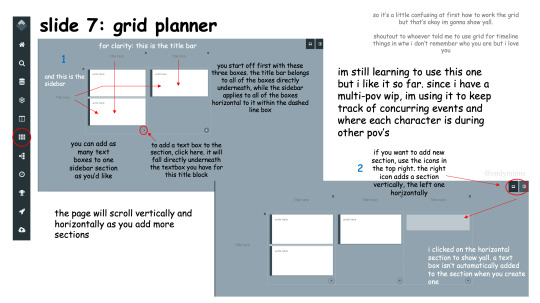

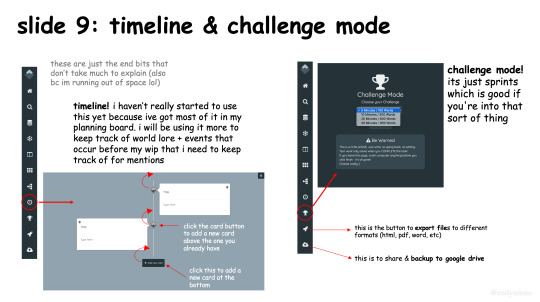
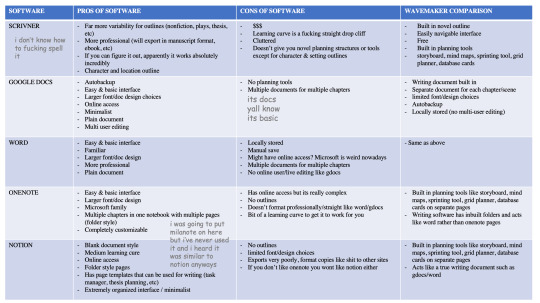
WHY WAVEMAKER IS THE BEST WRITING SOFTWARE: A POWERPOINT INTRODUCTION BY ISA @endymions
ever since i found out about +wavemaker.cards, i’ve been an eensy-weensy, teensy little tiny bit obsessed with it. ive infodumped for an hour to @welcometowriteblr on two separate occasions about it. its an all-in-one writing software that lets you plan and outline your novel, then type directly into a document linked to each section of your outline. super organized, super cool.
i got limited to 10 slides because of tumblr, so i thoroughly apologize for throwing any and every powerpoint rule out the window and shoving it into one nightmare slide (i’m looking at you, slide 2). you’ll have to click each slide to read it, and zoom in on some :/ im really sorry i just had so much to say T_T.
i use the outline based off of +blake snyder’s save the cat! i totally recommend checking that out if this outline style works for you. i mention it on the slides, but if yall want me to do another ppt on my exact planning method which includes a google spreadsheet, i’ll be more than happy to do that!
1K notes
·
View notes
Text
Why is my writing so good and my project management so bad
95 notes
·
View notes
Text
How I turned an idea into an outline
With NaNoWriMo around the corner, I thought I might show you how I plotted my novel.
This is the story structure I used:
0% inciting incident
0%-20% introduction in the world, ends with a point of no return
20% first plot point: the hero receives his marching orders
20%-50% response to the first plot point
35% first pinch point: reminder of the nature of the antagonistic force
50% midpoint: big fat plot twist that changes the hero’s AND reader’s experience
50%-80% attack: the stakes are higher now
65% second pinch point: again reminding the reader of the antagonistic forces at hand
80% second plot point: the final injection of new information into the story to give the hero everything she needs to become the primary catalyst in the story’s conclusion (no new information past this point)
80%-100% resolution + final conflict + return home
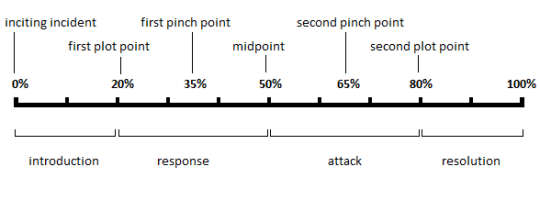
I didn’t make this up. I think it’s by Larry Brooks, if The Internet informs me correctly. Fun Fact: once you pay attention to it, you’ll see this structure everywhere. Just take a look at any Harry Potter book, for example.
These points are the “bones” of my story. Next, I decided what “flesh” to put on them.
I simply made a list of things I like to read about:
Books about books and libraries
Magic
Quirky characters
Intelligent, fast-paced and sometimes silly
So, I combined this list and the structure points into a story that makes sense. Because I don’t want to spoil my plot / I am still to shy about my wip, I will make up a new plot for this post, so I can show you.
0%: The hero does something magical without knowing how she did it. She discards it, because everybody knows it can’t have been real.
0%-20%: We see the daily life of the hero: she is unhappy because all she wants to do is read, but she is not allowed to. She reads in the dead of night and is punished for it by her evil stepcousin. She finds a book on magic.
20% It all clicks together: she can do magic!
20%-50% The daily life for the hero changes. Instead of reading all night, she practices magic. She now loves books even more. She has little victories over her evil stepcousin, but hasn’t won yet.
35% The evil stepcousin finds out that she can do magic and takes away the magic book.
50% She discovers she can do magic without the book.
50%-80% The hero is not the only one who is bullied by the evil stepcousin. Her younger cousin is a victim as well, and he doesn’t have magic to defend himself. The stakes are raised, this is bigger than herself now. The younger cousin also wants to read, so they have several bonding moments over reading.
65% The evil stepcousin hurts the younger cousin, he’s in a coma now.
80% The hero discovers the evil stepcousin could do all these evil things because he knows magic too.
80%-100% The hero confronts the evil stepcousin, fights him off, nearly loses but wins in the end. He gives up and releases his power over the younger cousin who wakes up from the coma.
It’s not the most genius plot ever, but I literally made this up in minutes. So can you! And imagine the genius plot you can come up with if you spend more than a few minutes on it.
Then I calculated how many scenes I need in which part of the story. My wip is a YA or 12+ book, so I want it to contain about 75,000 words in total. I want my scenes to be around 1,000 words long to keep it snappy, so I need 75 scenes.
Scene number 1 (0%) is the inciting incident, scene number 15 (20%) is the first plot point, scene number 26 (35%) is the first pinch point, scene number 37 (50%) is the midpoint, scene number 49 (65%) is the second pinch point, scene number 60 (80%) is the second plot point and scene 75 (100%) is the last scene.
Some sidenotes on the 1,000-word scenes:
That’s more of a vague rule of thumb than a strict rule. If your scene needs to be longer or shorter, make it longer or shorter of course. My wip has some 2,300-word scenes as well.
Having 1,000-word scenes does not mean I have 1,000-word chapters, that would be really short. I will divide my novel into chapters after I’m finished writing my first draft.
For NaNoWriMo, maybe you could write scenes of 1,667 words, so you do one scene per day. A 50,000-word novel has 30 scenes of 1,667 words. Inciting incident is at scene 1, first plot point at scene 6, first pinch point at scene 11, midpoint at scene 15, second pinch point at scene 20, second plot point at scene 24 and scene 30 is your last scene. That’s just an idea, you got to see what works for you.
Then I made up in one sentence what will happen in every scene. For example: “They meet the dragon and he sends them on a sidequest.” Now my outline consists of 75 one-sentence scenes. This way, I prevent the problem of the sagging middle and other pacing problems and I still get to surprise myself when writing.
From those one-sentence scenes, I flesh out every scene into a first draft, using the process I described in my post How I never have to face an empty page when I write.
And that’s my first draft! I hope everything is clear. Feel free to ask me questions if it isn’t.
I’m gonna tag a few people I admire, who I hope are interested. If you aren’t, feel free to ignore me, or message me to take you off my tag list. If you would like to be added to my writing advice tag list, let me know.
Keep reading
23K notes
·
View notes
Text
Someone: hey, if you’re a writer, why don’t I ever see you writing?
Me, a writer who’s been daydreaming about three characters, two unwritten chapters, some scraps of dialogue, and a partial plot that still needs to be heated up in the microwave before it’s usable:
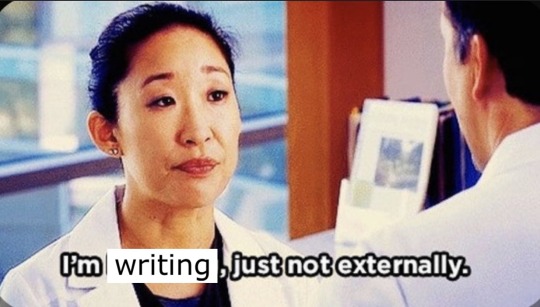
54K notes
·
View notes
Text
me, with a vague plot idea, 1 (one) character name, and an outline that consists of mostly question marks:

186K notes
·
View notes
Text
Sometimes falling in love with a character is about seeing yourself in a character, or what you could be, and drawing strength and inspiration from them.
And sometimes it’s like finding an angry opossum in a dumpster, eating your trash, and deciding it’s your baby.
97K notes
·
View notes
Text
I am a(n):
⚪ Male
⚪ Female
🔘 Writer
Looking for
⚪ Boyfriend
⚪ Girlfriend
🔘 An incredibly specific word that I can't remember
411K notes
·
View notes





